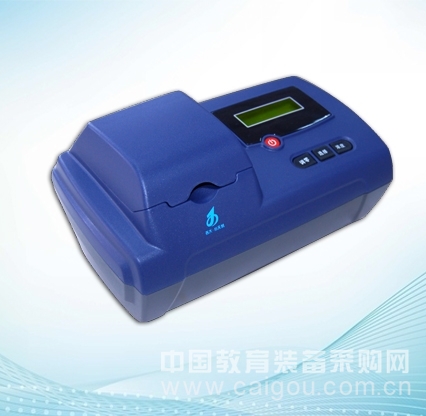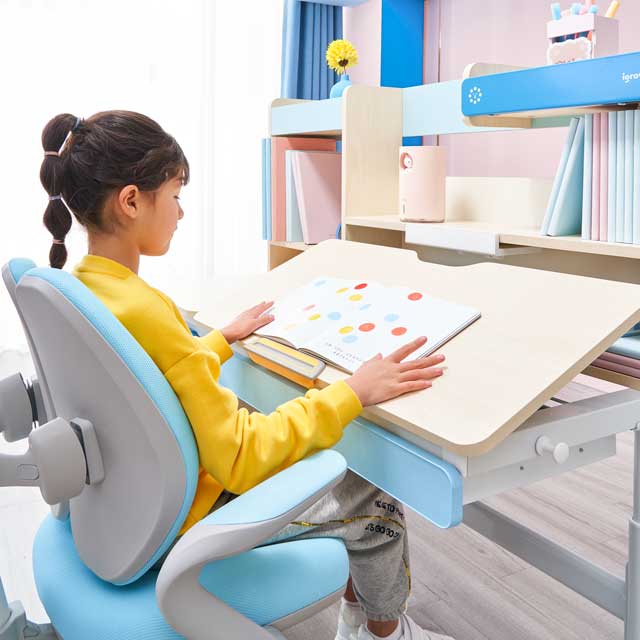Residual chlorine detector use method and operation
Instructions:
1. Turn on the machine and warm up the machine for 2 minutes.
2. Pour the liquid to be tested into the cuvette 1 and the volume to two-thirds of the volume. The filling process requires that the water stains not reach the outside of the cuvette. Place this cuvette 1 in the measuring cell; press the calibration key to make the instrument display 0.00 mg/L.
3. Take 100ML of the solution to be tested, add 15ML of buffer reagent, add 5ML of DPD reagent, press the confirmation key; at this time, the screen of the instrument shows decreasing from 60 to 0, and finally to 0; at this time, the ratio of the liquid to be tested added to the reagent is poured. The color dish 2; the cuvette 2 is placed in the measuring cell, and the display degree is the residual chlorine content.
3. Press the store button and the extract button to store and extract 20 experimental records.
Precautions for use
1. Chloride ion is not a measure of residual chlorine. The residual chlorine measurement contains measurements of free chlorine and combined chlorine content.
2. Determination of free chlorine must be carried out by adding a DPD reagent at a pH of 6.2---6.5 to form a red compound. If the pH is out of range, adjust with a buffer reagent or dilute acid or dilute base.
3. Principle of Total Chlorine Determination: In the case of pH 6.2---6.5, an excessive amount of potassium iodide is added, and DPD is directly added to react to form a red compound. If the pH is out of range, adjust with a buffer reagent or dilute acid or dilute base.
4. For turbid samples must be filtered before they can be measured.
5. Measurements cannot be made for samples with color.
6. The cuvette should be cleaned after each use and stored dry.
appendix
Preparation of pH buffer reagent: weigh 24g anhydrous sodium hydrogen phosphate or 60.5g disodium hydrogen phosphate pentahydrate, and 46g potassium dihydrogen phosphate, dissolved in water, add 100mL concentration of 8g / L disodium EDTA dihydrate Solution or 0.8 g EDTA disodium solids, transfer to a 1000 mL volumetric flask, add water indicator line.
Product see link

Multifunctional Children's Study Table Chair Set
Children`s study table and chair set is furniture for children aged 3-18 to learn to write homework. The table has a large storage space. The table board is made of solid wood core material. The table board can be adjusted, and the table legs can be raised and lowered to meet various requirements. Children of height can write homework and draw pictures; the Study Chair is an ergonomic chair that can be adjusted to protect the child's spine. The cushion is latex, which is very comfortable and will not be tired, so that children can study healthy and happy.
SUZHOU IGROW TECHNOLOGY CO.,LTO , https://www.igrowdesk.com